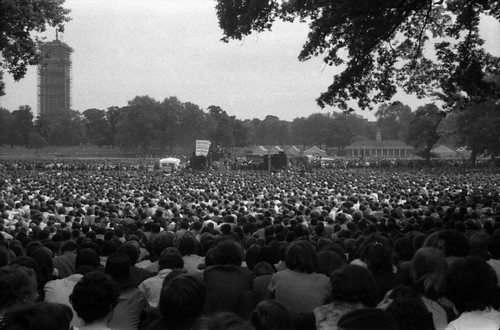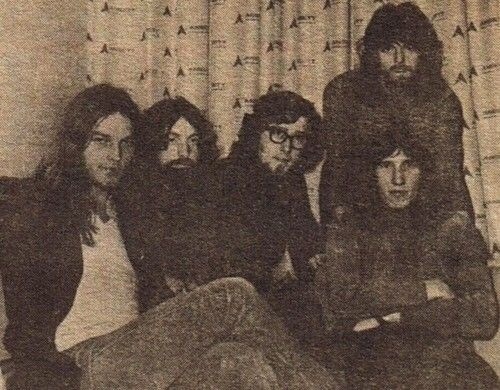If you read my profile, you'll see that I am addicted to Pink Floyd, am I right? ABSOLUTELY YES!!!
(Inspired on my old Pink Floyd/Syd Barrett alternate history on Wikia, An Alternate Pink Floyd. I don't like that much.)

Syd Barrett.
Hello, and this is a Syd Barrett timeline that I'll take that obvious PoD, "What would happen if Syd Barrett hadn't stopped to make music?". These are the steps that I'll take:
1. The main PoD would be in 1968, The Pink Floyd still remains with Syd Barrett until 1970.
2. Obviously, I'll have to make fake songs to Syd Barrett. (unfortunately, I hate to do it)
3. I'll try to be plausible as possible. (plus Also try to make Syd famous)
4. Divide Syd Barrett timeline in four eras (Late 60's and the Early 70's/Late 70's/The 80's/Contemporary Barrett)
5. Barrett won't die in 2006 as IOTL.
(Inspired on my old Pink Floyd/Syd Barrett alternate history on Wikia, An Alternate Pink Floyd. I don't like that much.)

Syd Barrett.
Hello, and this is a Syd Barrett timeline that I'll take that obvious PoD, "What would happen if Syd Barrett hadn't stopped to make music?". These are the steps that I'll take:
1. The main PoD would be in 1968, The Pink Floyd still remains with Syd Barrett until 1970.
2. Obviously, I'll have to make fake songs to Syd Barrett. (unfortunately, I hate to do it)
3. I'll try to be plausible as possible. (plus Also try to make Syd famous)
4. Divide Syd Barrett timeline in four eras (Late 60's and the Early 70's/Late 70's/The 80's/Contemporary Barrett)
5. Barrett won't die in 2006 as IOTL.






